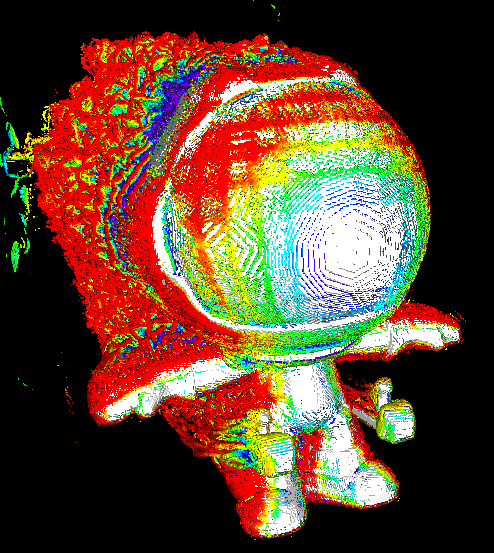

As a native English speaker I certainly won’t process the words of a lot of songs without a conscious effort
Lyrics are so often indecipherable as well. https://m.youtube.com/watch?v=jGLYJQJh9c8
One that I remember is that I had heard the song “believer” a number of times before learning its name, I always thought they were saying “pick me up and pick me up and leave me, and leave me”. I don’t think I even tried to decypher the rest lol







Are there any alternatives that are decently fast for large files? My computer and my phone both get at least 300 mbps from the router, and I have yet to find a local file transfer application that will be anywhere near that fast for large files (destiny, local send, kde connect, might have tried others, I don’t remember)